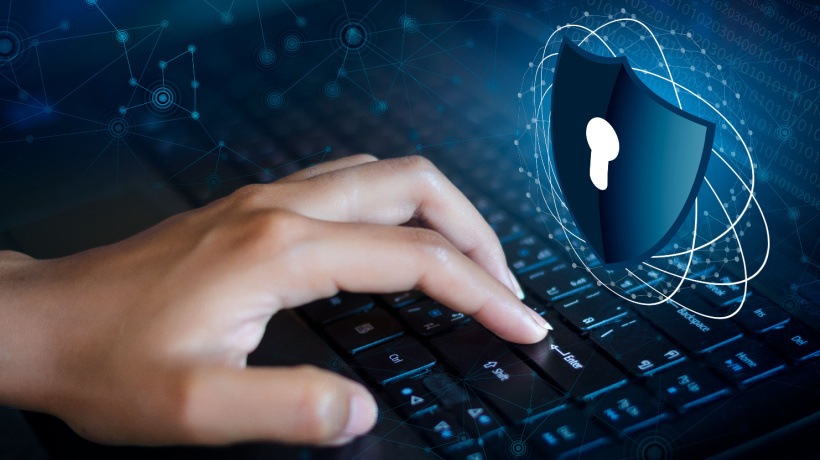Navigating The Cybersecurity Landscape
Data privacy and security have become paramount concerns in the digital age, especially in the eLearning industry. With the surge in online learning, eLearning platforms are accumulating vast amounts of personal and sensitive data, making them lucrative targets for cyber threats. Protecting this data is a technical issue and a crucial ethical responsibility. This article explores the critical importance of data privacy and security in eLearning, outlining the necessary steps and best practices for professionals to ensure the safety and integrity of their platforms.
Understanding The Importance Of Data Privacy In eLearning
Data privacy in eLearning involves safeguarding the personal information of learners and educators from unauthorized access, misuse, or theft. This information can range from names and email addresses to more sensitive data like learning progress and assessment results. Breaches in data privacy can lead to identity theft and financial loss and can significantly undermine the credibility of an eLearning platform.
Critical Strategies For Ensuring Data Security
1. Compliance With Data Protection Regulations
Familiarity with and adherence to data protection laws like GDPR, HIPAA, or FERPA is essential. These regulations provide a framework for handling personal data and can vary based on geographical location. eLearning platforms must ensure compliance to avoid legal repercussions and build user trust.
2. Implementing Robust Security Measures
Strong security measures are crucial in protecting against cyber threats. This includes using encryption to protect data in transit and at rest, implementing secure authentication processes such as two-factor authentication, and using firewalls and antivirus software to safeguard against malware and hacking.
3. Regular Security Audits
Conducting regular security audits helps identify and address vulnerabilities in the eLearning system. These audits can be performed internally or by third-party cybersecurity experts. They involve reviewing the security infrastructure, assessing risk levels, and updating security protocols.
4. Educating Learners And Staff
Raising data privacy and security awareness is crucial. This includes educating learners and staff on safe online practices, recognizing phishing attempts, and the importance of strong passwords. Regular training sessions and security protocol updates can foster a cybersecurity awareness culture.
Challenges In eLearning Data Security
- Balancing accessibility and security
eLearning platforms must balance the need for easy access to learning materials with securing sensitive data. This requires a nuanced approach to user authentication and data access controls. - Protecting against emerging threats
Cyber threats continually evolve, making it challenging to avoid potential risks. Keeping abreast of the latest cybersecurity trends and threats is essential for maintaining robust security. - Data security in third-party integrations
Many eLearning platforms integrate with third-party applications and services. Ensuring these integrations meet the same data security standards is vital to protect the entire ecosystem.
Best Practices In eLearning Data Privacy And Security
1. Regular Software Updates And Patch Management
Keeping all software up-to-date, including the Learning Management System (LMS) and associated applications, is essential to protect against known vulnerabilities.
2. Use Of Secure And Reliable Hosting Services
Choosing a hosting service with a strong track record in security and reliability can significantly reduce the risk of data breaches.
3. Developing A Comprehensive Incident Response Plan
A well-defined incident response plan ensures quick and effective action in a data breach. This plan should include procedures for containment, investigation, and communication with affected parties.
4. Ensuring End-To-End Data Encryption
Encrypting data throughout its lifecycle, from input to storage to transmission, is crucial for protecting sensitive information.
5. Regular Backups And Recovery Plans
Regular backups of data and having a robust disaster recovery plan can minimize data loss in case of a security breach or system failure.
6. Engaging With Cybersecurity Experts
Collaborating with cybersecurity experts can provide eLearning platforms with the specialized knowledge to secure their systems effectively. These experts can offer insights into security technologies, trends, and strategies.
Conclusion
In conclusion, ensuring data privacy and security in eLearning platforms is complex yet essential. As eLearning continues to grow, the responsibility to protect sensitive data intensifies. By staying informed about data protection regulations, employing robust security measures, conducting regular audits, and fostering a culture of cybersecurity awareness, eLearning professionals can create a secure and trustworthy digital learning environment. While the challenges are significant, implementing comprehensive security strategies and best practices can effectively mitigate these risks, safeguarding the integrity of eLearning platforms and their users’ privacy.

